Letter: Include Detransition Resources
The following letter by the Gender Dysphoria Alliance, LGB Alliance Canada & The Vancouver Lesbian Collective was mailed, along with a booklet by Post Trans, to 16 LGBT+ resource centres across Canada.
June 21, 2022
To whom it may concern,
With the increasing number of detransitioners in Canada, people may come to your resource center seeking support or information on this topic. LGBT organizations don't always know where to turn for information on how to serve this unique group, or how to educate the public about detransition. We've curated this collection of resources that you can offer your clients.
We wish for those who detransition to feel welcomed and supported as lesbians, bisexuals, and gay men, with unique medical, mental health and social needs. Although no one knows for sure how many detransitioned and detransitioning people there are, we do know the numbers are growing and they are a part of the LGBT landscape.
Here are a few facts and stats for you to consider:
1. From a 2021 survey of 100 detransitioners:
a. 69% were natal female, 31% natal male
b. 73% were same sex-attracted (lesbian, bisexual, gay, pansexual)
c. Reasons for detransitioning include:
More comfortable with natal sex (60%)
Concerns about medical complications (49%)
Realizing that their gender dysphoria was the result of something specific like trauma, abuse or another mental health condition (38%)
Realized their transition was due to internalized homophobia (23%)
d. 55% felt they received inadequate care
e. 76% did not report their detransition to their clinicians
2. People who detransition have medical, social and psychological needs that are often unsupported by clinicians and the LGBT community.
3. Individuals who continue to experience gender dysphoria, whether or not they still identify as trans, may need support to manage it in non-medical ways.
4. A significant number of detransitioners have autism.
5. Non-binary is often a transitory identity before or after transition.
6. Detransitioning can be as difficult as transitioning due to societal lack of understanding, social isolation, fear, shame, trauma, and the paucity of answers and resources for those who take that path.
Recommended Resources:
Principles of Hormone Discontinuation by Dr Malone
References:
Elie Vandenbussche (2021) Detransition-Related Needs and Support: A Cross-Sectional Online Survey, Journal of Homosexuality, DOI: 10.1080/00918369.2021.1919479 [LINK]
Pablo Expósito-Campos (2021) A Typology of Gender Detransition and Its Implications for Healthcare Providers, Journal of Sex & Marital Therapy, 47:3, 270-280, DOI: 10.1080/0092623X.2020.1869126 [LINK]
Lisa Littman (2021) Individuals Treated for Gender Dysphoria with Medical and/or Surgical Transition Who Subsequently Detransitioned: A Survey of 100 Detransitioners, Archives of Sexual Behavior, 50:3353–3369 [LINK]
Sincerely,
Gender Dysphoria Alliance
Lesbian, Gay and Bisexual Alliance Canada
Vancouver Lesbian Collective

